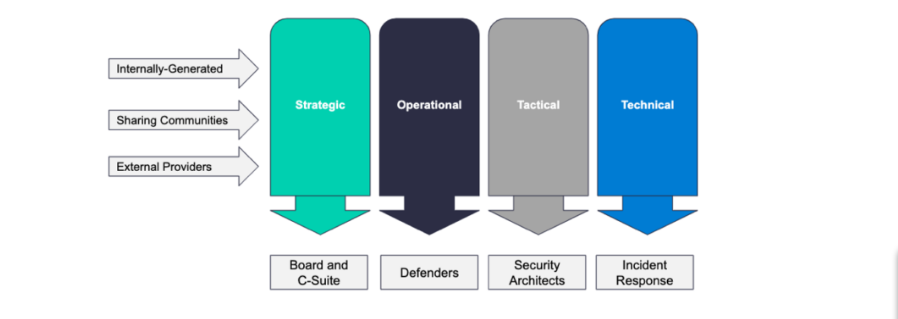As a marketer, you probably spend a lot of time trying to nail down abstract concepts to promote your brand. However, have you ever sat down to think about pop-up events? In a word, they can create a buzz in your marketing efforts if executed properly.
This article introduces you to creative pop-up event ideas. When implemented with pomp and color, the ideas enable your customers to get up-close and personal with your brand.
What is a Pop-Up Event?

Pop-up events are temporary events, conferences, parties, or experiences that span a host of creative outputs. Examples of such events are pop-up dining events, a subcategory of their own. Additionally, spontaneous cooking contests, supper clubs, and speakeasies are other examples that attract attendees in large numbers.
Pop-up event planning is a big industry worth more than $10 billion in sales. In reality, a 2018 Harvard Business Review Analytic Services survey showed that 93% of business executives prioritize hosting events. Fortunately, the events aren’t only for large organizations but also small businesses.
With this in mind, it’s also crucial that you carefully choose the location of your pop-up event for a lasting impression. Depending on what suits your business best, you could rent a commercial kitchen, private cafes, storefront, cabana, theatre, or mansion. However, ensure to obtain the necessary municipal requirements like permits and licenses.
Executing Your Pop-Up Event Ideas
Next, put these creative pop-up shop ideas into use to pull the event off successfully:
1. Hire On-Brand Decor
Your customers know your brand’s design through your website. As such, it’d help if you keep the decor of your pop-up event similar to your site’s. Check with your local event-decor rental companies for on-brand decor. It’ll be a bonus point if the decorations are photogenic to make it easy for your guests to post them on social media.
2. Ensure Your Pop-Up Event is Goal-Specific
One of the significant factors for any pop-up event is having a crystal clear goal. Consequently, you’ll be in a better position to choose the venue, creative design, and have metrics for measuring the event’s success.
For instance, your goal could be to:
- Conduct market research
- Provide your customers with an experience they’ll gladly pay for through a product launch.
- Attract new customers
- Increase brand or product awareness
- Promote collaboration with the local community
However, you could delve even further into the intricate details of the overall goal. As an illustration, consider the Japanese company Dohtonbori, known for its Okonomiyaki dish. This is a pancake the company makes from organic vegetables. Unfortunately, most of its customers didn’t know this.
In order to promote itself as a healthy fast food company, it opened a pop-up shop in a Tokyo neighborhood. It then positioned itself as a “Fast Food Aid” stop, with the staff dressed in pharmacist white. They would then accept fast food receipts and exchange them for pill vials comprising crucial nutrients missing from most fast foods.
On the temporary retail space walls were huge clear tubes holding a year’s supply of supplements. Overall, the aim was to show customers the number of nutrients they don’t get from other fast foods, but they’re present in Dohtonbori’s offerings.
Later, the company posted the short film on YouTube, attracting over a million views within the first few days. While the company sold nothing in the pop-up shop, the message was loud, clear, memorable, and effective. Traffic at this company increased by 125%.
3. Use Digital Signage to Attract More Customers
Whatever venue you choose for your pop-up event, consider incorporating digital signage as one of your pop-up event ideas. Markedly, digital signage marketing is a trend that effortlessly enhances your marketing efforts.
A Mood Media survey showed that 68% of shoppers are highly likely to purchase a product marketed through digital signage. Another 44% of the respondents said digital signage ads would draw them towards the promoted product instead of the one they initially intended to buy.
With this in mind, it’s no wonder that you should use digital signage in your pop-up party. Its benefits include:
- Setting the tone by using attractive signage content to enhance the ambiance of your pop-up stores
- Promoting and enhancing brand awareness by immersing your customers in your brand’s values. You can uniquely use one screen to display hundreds of images or branding elements.
- Boosting location-specific sales and offers, allowing for more control and flexibility over the content you display.
Creating an interactive and memorable experience through digital signage apps like social walls. For example, your pop-up store visitors can post on social media platforms like Instagram. Then, display their posts on your digital display screens to boost customer engagement.
Final Thoughts
Holding a successful pop-up party is a matter of putting creative pop-up event ideas into use. With some planning, proper logistics, and much preparation, you can hold an event that your customers will never forget. Besides, it could be the one that spreads word and interest about your brand, bringing in more customers.
Additional Reading:























